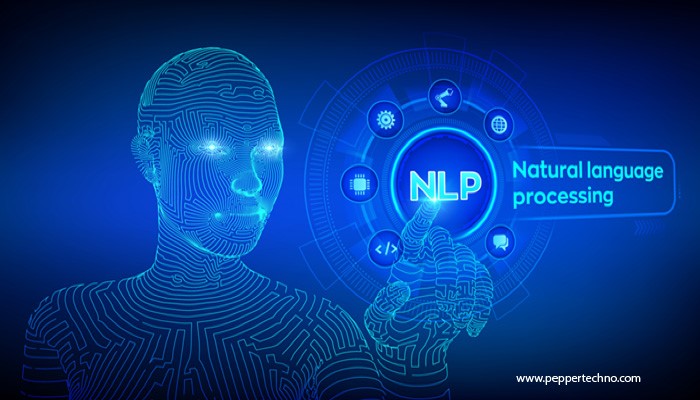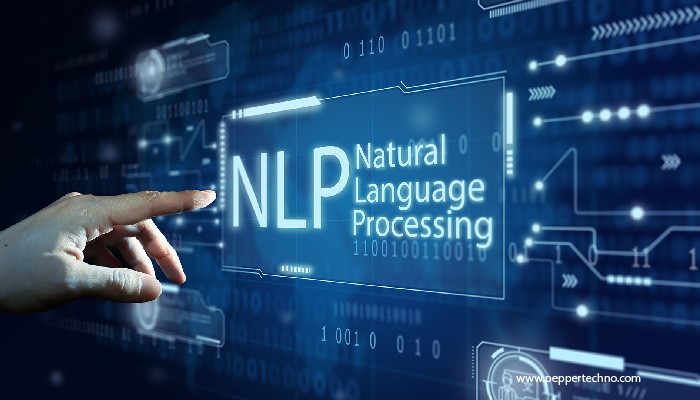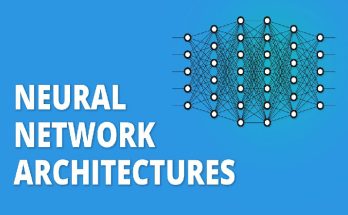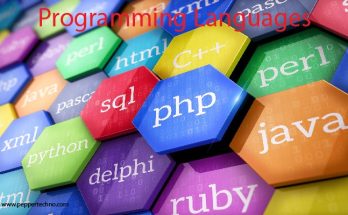Introduction to Natural Language Processing (NLP)
Welcome to the fascinating world of Natural Language Processing (NLP)! Imagine computers deciphering human language, understanding our words, and even responding intelligently. NLP has revolutionized how we interact with technology, making it more intuitive and seamless than ever before. In this blog post, we’ll delve into the advancements in NLP technology, its significance in today’s fast-paced world, applications across various industries, challenges faced, and exciting future possibilities. Let’s embark on this journey together to explore the incredible realm of NLP!

Importance of NLP in Today’s World
Natural Language Processing (NLP) has become a vital technology in today’s world, revolutionizing how we interact with machines and data. Its significance lies in its ability to bridge the gap between human language and computer understanding. By enabling computers to comprehend, interpret, and generate human language, NLP enhances communication across various platforms.
In the digital age where massive amounts of unstructured data are generated daily, NLP plays a crucial role in extracting valuable insights from text data efficiently. From chatbots providing instant customer support to sentiment analysis helping businesses understand customer feedback, NLP applications are diverse and impactful.
Moreover, NLP is fundamental for improving search engines’ accuracy by understanding user queries contextually. It facilitates personalized recommendations on e-commerce platforms and assists in content summarization for better information retrieval. The growing importance of NLP underscores its relevance in enhancing efficiency and productivity across different industries worldwide.
Recent Advancements in NLP Technology
Natural Language Processing (NLP) has witnessed significant advancements in recent years, propelling the field into new realms of possibility. One notable breakthrough is the development of transformer models like BERT and GPT-3, which have revolutionized language understanding and generation tasks. These models leverage large-scale pretraining on vast amounts of text data to achieve remarkable performance across various NLP applications.
Furthermore, the emergence of transfer learning techniques has allowed for faster and more efficient training of NLP models on specific tasks with limited data. This approach has significantly reduced the need for extensive labeled datasets, making it easier to deploy NLP solutions in real-world scenarios.
Additionally, researchers continue to explore ways to enhance multilingual capabilities in NLP systems, enabling them to understand and generate content in multiple languages seamlessly. By breaking down language barriers, these advancements are facilitating global communication and collaboration on an unprecedented scale.
In essence, recent advancements in NLP technology have not only pushed the boundaries of what is possible but have also paved the way for a future where intelligent language processing plays a central role in shaping our interactions with technology and information.
Applications of NLP in Various Industries
From healthcare to finance, Natural Language Processing (NLP) is revolutionizing various industries. In the customer service sector, chatbots powered by NLP can engage with users in real-time, providing instant support and enhancing user experience.
In the legal field, NLP helps analyze and summarize large volumes of legal documents quickly and accurately. This not only saves time but also improves the efficiency of legal research processes.
Moreover, in marketing and advertising, sentiment analysis using NLP allows companies to gauge public opinion about their products or services on social media platforms. By understanding customer sentiments, businesses can tailor their strategies accordingly.
Furthermore, in e-commerce, recommendation systems driven by NLP personalize product suggestions for customers based on their browsing history and preferences. This boosts sales conversion rates significantly.
The applications of NLP across industries continue to expand as technology evolves, showcasing its versatility and potential impact on streamlining operations and improving overall productivity.
Challenges and Limitations of NLP
As with any evolving technology, Natural Language Processing (NLP) faces its own set of challenges and limitations. One major hurdle is the ambiguity present in human language – words can have multiple meanings depending on context, making it challenging for machines to accurately interpret them. Additionally, cultural nuances and linguistic variations further complicate the process.
Another limitation of NLP is the lack of understanding of sarcasm, irony, or humor in text. Machines struggle to grasp these subtle elements that humans easily pick up on during conversations. This can lead to misinterpretations or errors in sentiment analysis and other NLP applications.
Furthermore, privacy concerns arise when dealing with sensitive data through NLP algorithms. Safeguarding user information while extracting valuable insights poses a significant challenge for developers and researchers working in this field.
Despite these obstacles, ongoing research and advancements continue to push the boundaries of what NLP can achieve, opening up new possibilities for innovation across various industries.
Future Possibilities and Potential Impact of NLP
As technology continues to evolve, the future possibilities of Natural Language Processing (NLP) are boundless. Imagine a world where language barriers are eliminated with instant translation at our fingertips. NLP could revolutionize global communication by enabling seamless interactions regardless of language differences.
In the field of healthcare, NLP advancements could enhance medical diagnosis and treatment through automated analysis of vast amounts of patient data. This could lead to more accurate and efficient healthcare delivery, ultimately saving lives.
Moreover, in the education sector, NLP can personalize learning experiences by adapting content to individual students’ needs and preferences. This tailored approach has the potential to improve student engagement and academic performance on a large scale.
The potential impact of NLP is not limited to specific industries but extends across various sectors such as customer service, finance, and even entertainment. With continued research and development in NLP technology, we are on the cusp of an era where machines can truly understand and interact with us in ways we never thought possible.
Conclusion
The rapid advancements in Natural Language Processing technology have revolutionized how we interact with machines and data. From chatbots providing customer service to personalized recommendations from virtual assistants, NLP is reshaping industries across the board. As research progresses and new breakthroughs emerge, the potential for NLP to further enhance communication between humans and computers is limitless. Embracing these innovations will not only streamline processes but also open doors to a more efficient and interconnected future. Stay tuned as NLP continues to evolve, driving us towards a more seamless integration of language understanding in our daily lives.



